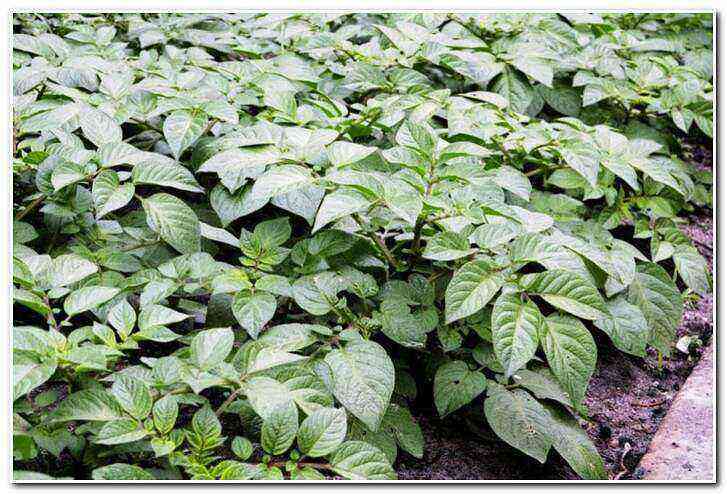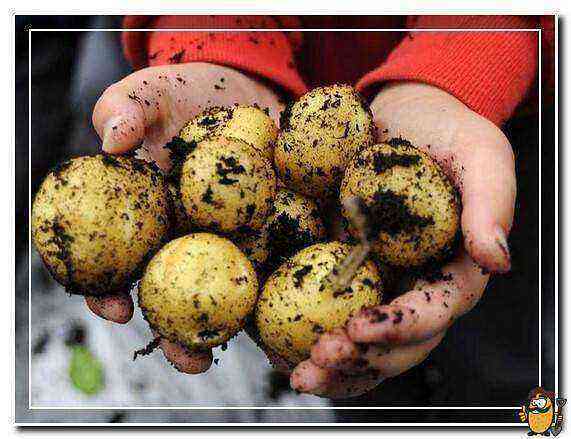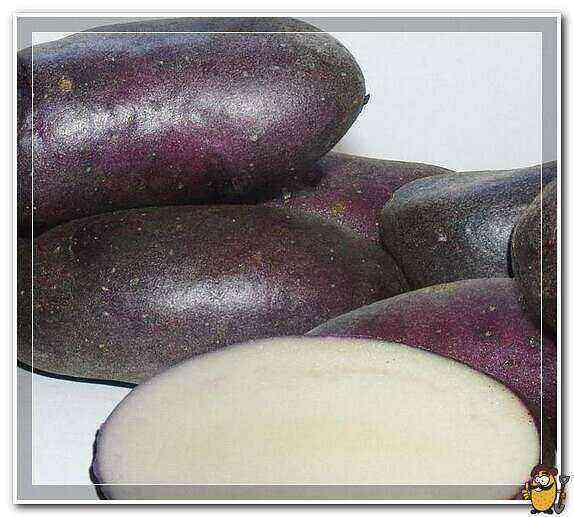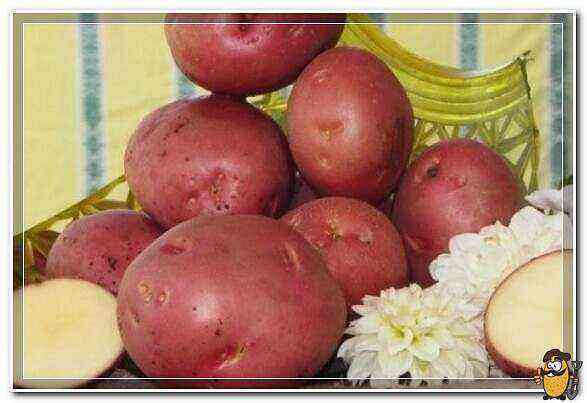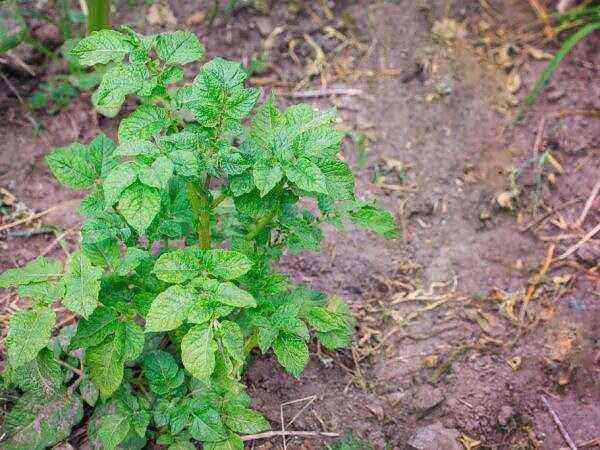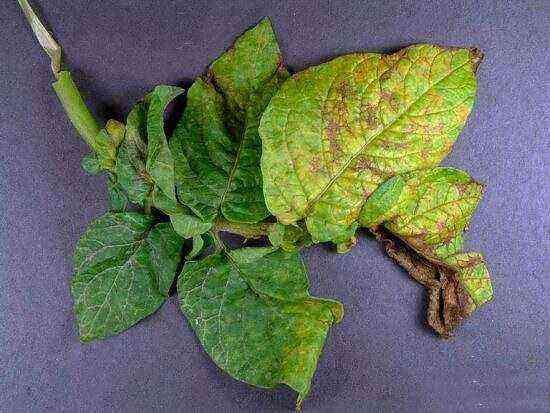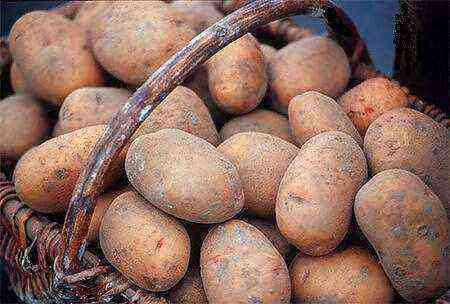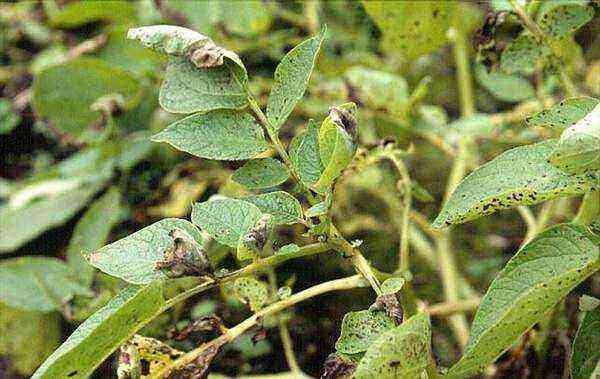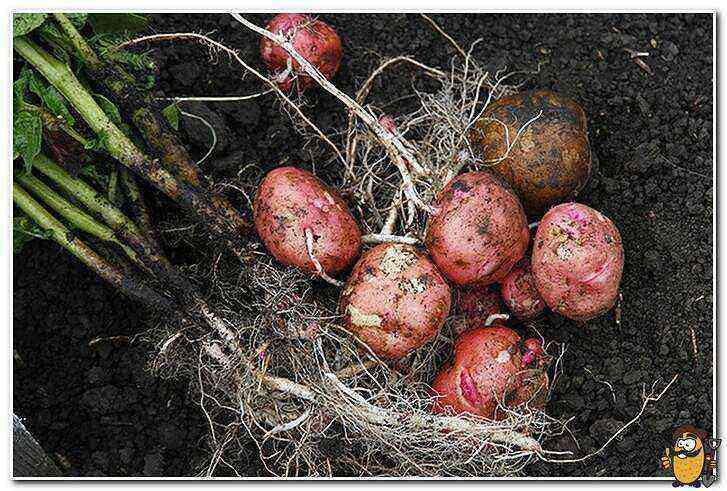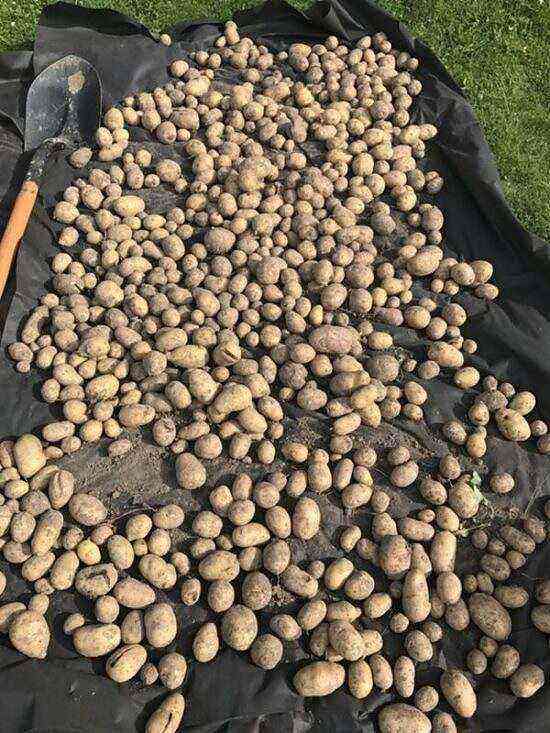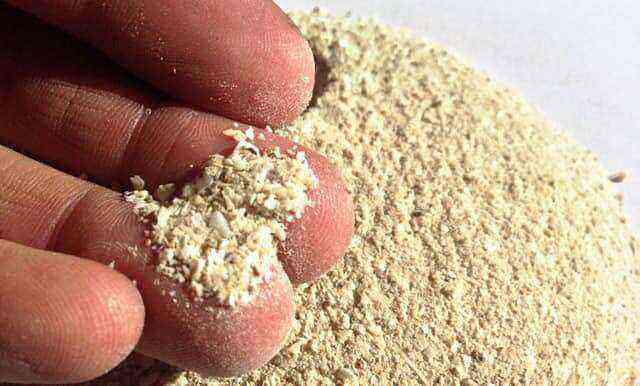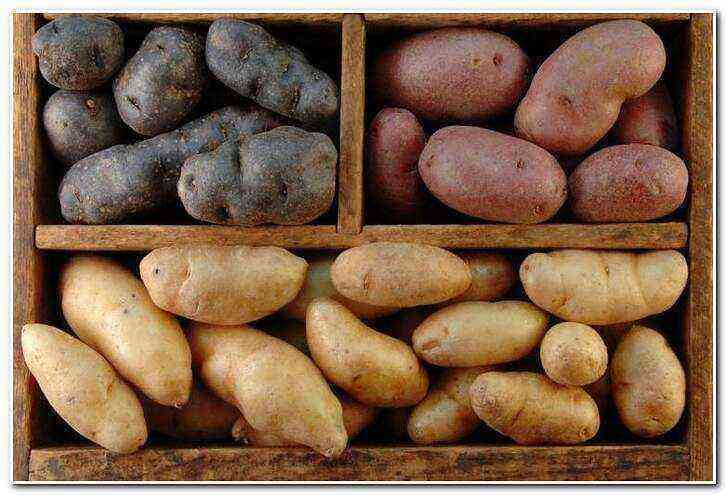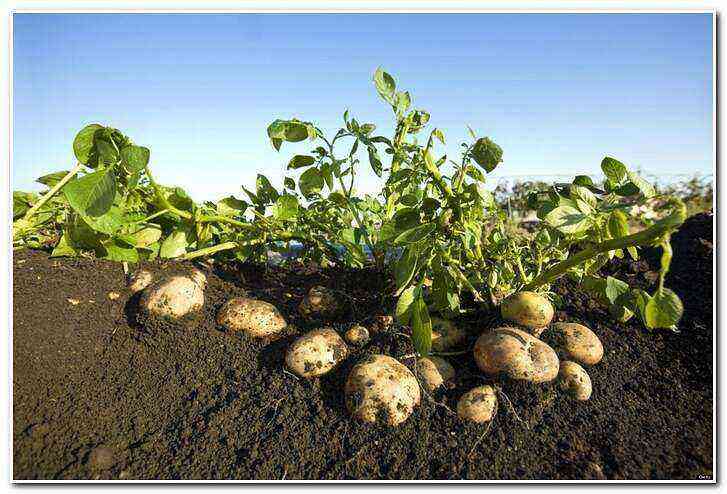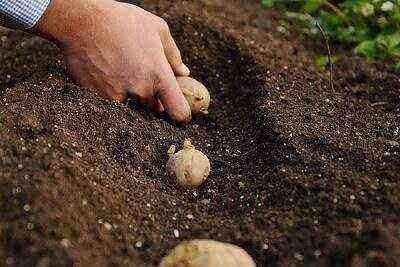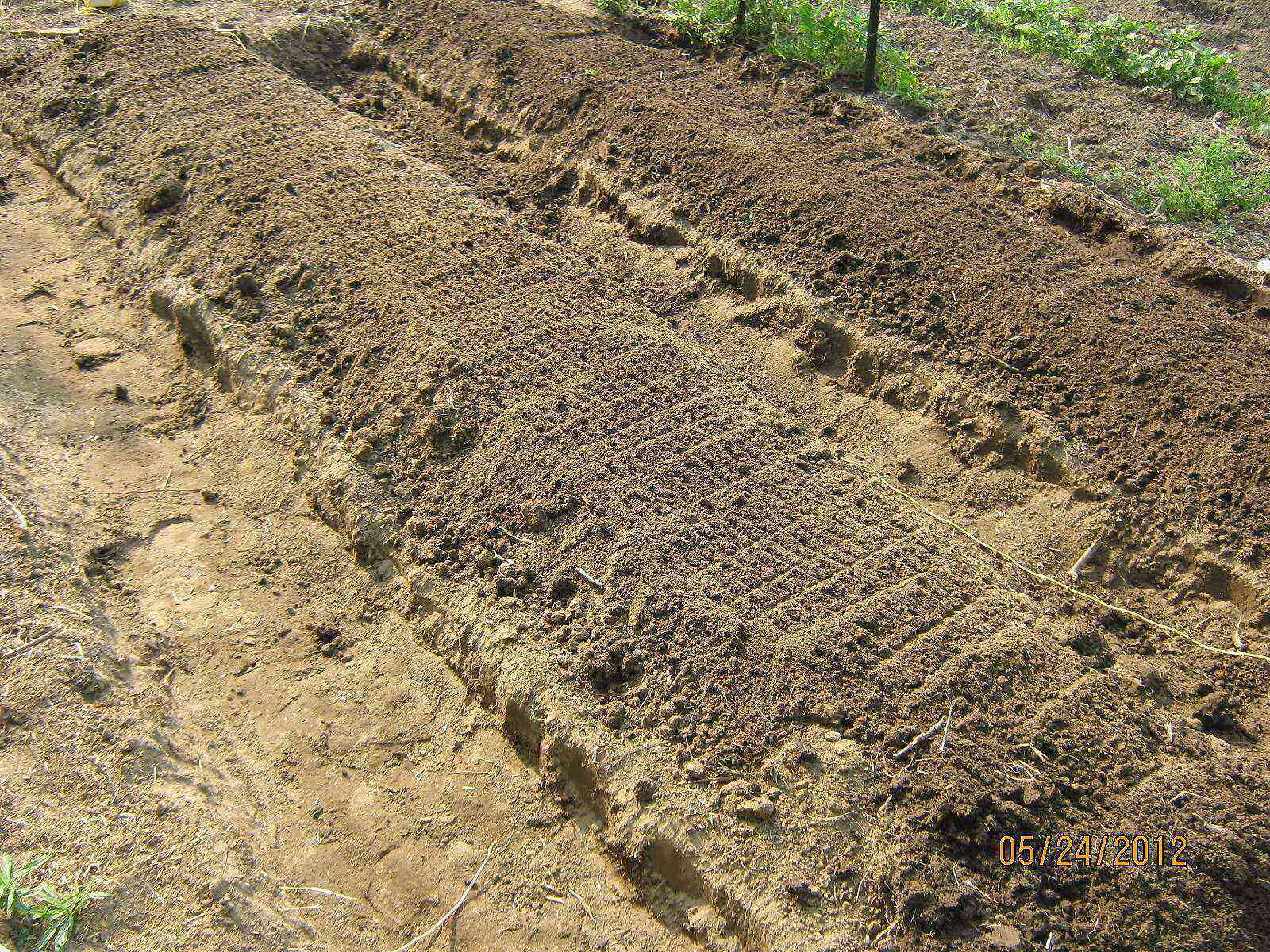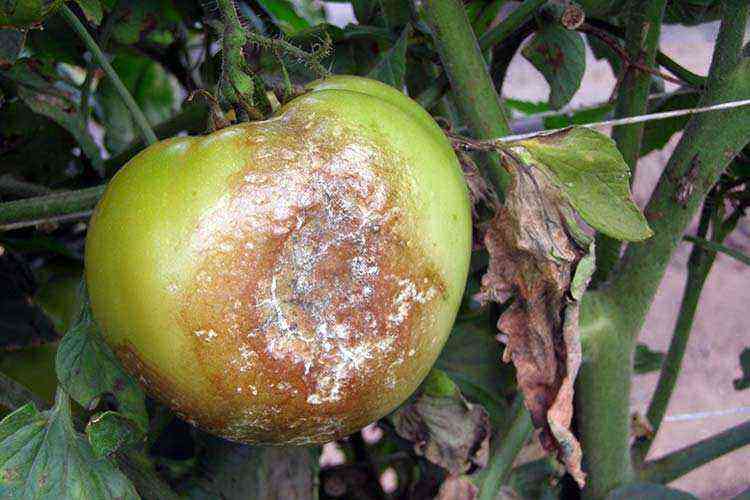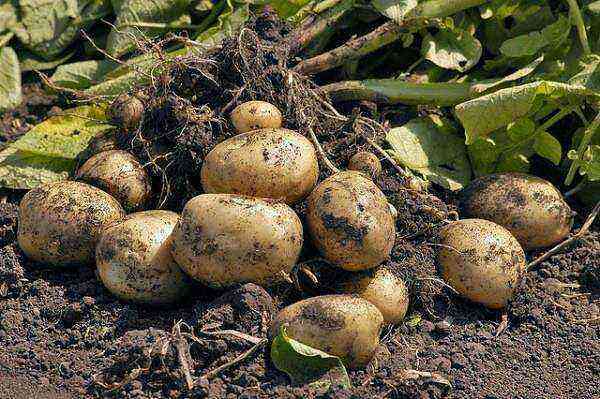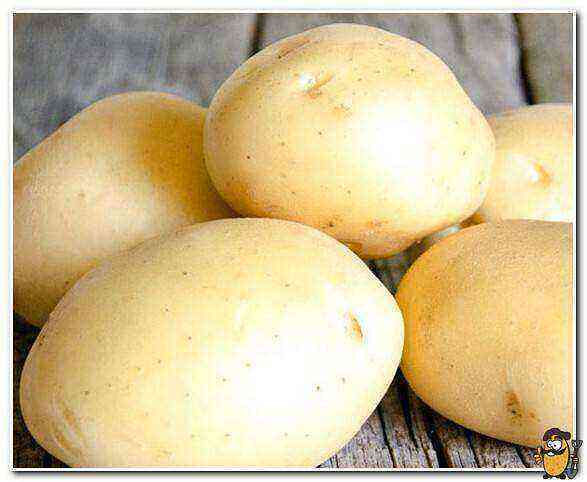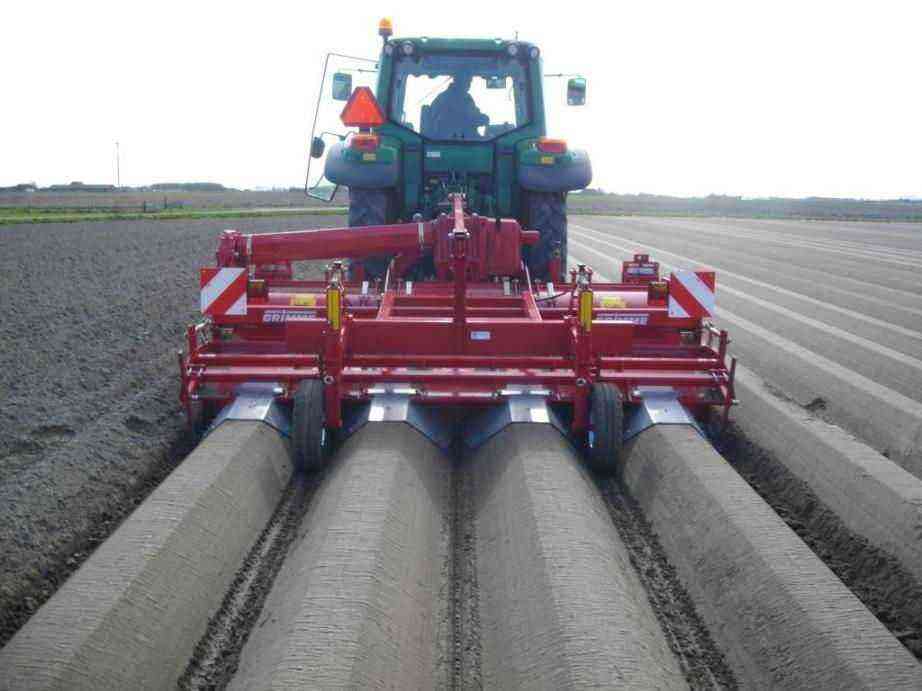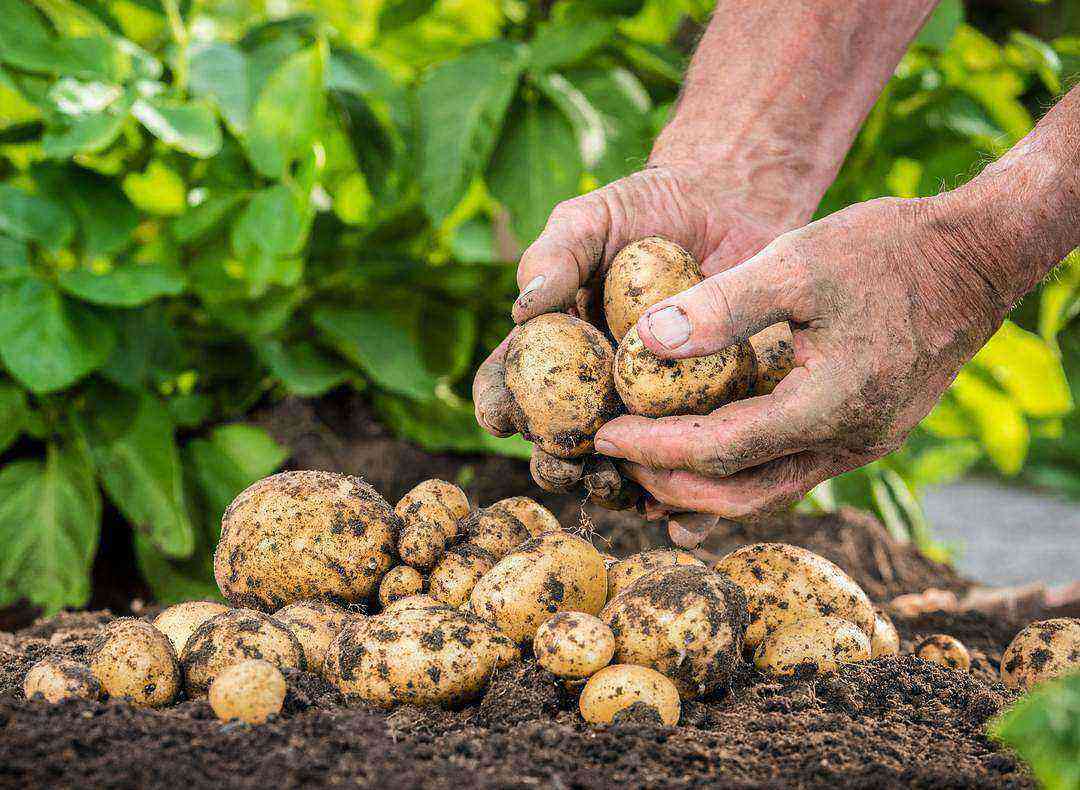Nice and large potatoes are not always the best. Sometimes, when cutting a tuber, a cavity is found inside, separated from the pulp by a cream or light brown skin. In round potatoes, voids are often spherical or cruciform, in oblong ones – oval. This disease is called hollowness of potato tubers and occurs as a result of unfavorable weather conditions or a violation of cultivation technology.
Is it okay to eat. Potatoes empty inside are edible, but when peeling, up to 50% of the tuber mass has to be thrown away. Hollow potatoes are stored worse than healthy ones, and if the tuber has been damaged by wireworm or potato moth larvae, pathogens penetrate the cavity, which causes rotting.
Prevention of hollow potatoes
While the potato is growing, it is difficult to determine whether it is sick with hollowness or not. Outwardly, hollow tubers are no different from healthy ones. Only indirect signs indicate whether there is a risk of voids in potatoes.
Causes of voids in potatoes
A potato void occurs when the outer tissue of the tuber grows much faster than the inner tissue. Due to the strong tension, the intercellular connections are broken. A wound forms in the pulp, as the tuber grows, it heals and expands.
This happens if the root crop receives unevenly nutrients, mainly nitrogen and water. It was noticed that large potatoes are prone to hollowness; in small voids, they appear extremely rarely. Accordingly, the disease more often affects large tuberous varieties: Temp, Gatchinsky, Lyubimets, Tuleyevsky, Yavir, Sineglazka.
Conditions under which the likelihood of the formation of voids inside the potato increases:
- after hot, dry weather, when the growth of tubers has slowed down, heavy rains begin. This is especially harmful if the soil is clayey: it retains excess moisture longer;
- in the southern regions, potatoes are hollow, planted too late in light sandy loam soil. Soils of this type dry out very quickly, and the tubers are constantly under stress from either a lack or an excess of water;
- potatoes of super-early and early varieties are harvested one to two months later than the due date, expecting that the tubers will still grow up. They really do get larger, but they lose their taste and burst from the inside;
- excessive fertilization of the soil with nitrogen fertilizers or organic matter;
- lack of boron.
To find out if the tubers are sick with hollowness, immediately after digging it is necessary to cut several especially large specimens. If the potatoes harvested in autumn are empty inside, then next season you need to change the fertilization scheme of the site. The amount of nitrogen fertilizers must be reduced, and the amount of phosphorus-potassium fertilizers must be increased. A sign of “overfed” potatoes with nitrogen is too thick and high tops. The full rate of nitrogen fertilizers should be applied only once every 3-4 years.
Another reason for hollowness is the lack of boron. This trace element is found in ash. It is best applied during planting, as well as during and after flowering, but no more than 20-25 g per bush. An excess of ash provokes scab.
If hollow potatoes are regularly ripening on the site, it is recommended to spray the tubers with a solution of boric acid (2 g per liter of water) before planting.
To find out whether potatoes need additional feeding with boron, several grains of beet are sown at the edge of the plot: it is most sensitive to boron starvation. If the leaves of the beets grow deformed and curl, then the potatoes also lack boron. In such cases, plantings are sprayed with a solution of 5 g of boric acid per 10 liters of water. By adding 10 g of copper sulfate to the composition, the gardener will receive an effective remedy against late blight. It is allowed to spray a potato plantation with boric acid up to 5 times per season (with an interval of 2 weeks).
Features of the prevention of hollowness of large-tuber varieties
So that potatoes of large-tuber varieties do not suffer from hollowness, they need to organize a constant humidity regime:
- thicken the planting so that the tubers do not grow too large, and the soil, shaded by tops, dries out more slowly. The maximum distance between bushes in a row is 30 cm;
- plant potatoes in double beds: bed width – 45 cm, distance between rows – 30 cm, between beds – 90 cm;
- hud up the bushes high, periodically loosen the soil;
- hilling can be replaced by mulching;
- be sure to water the plants when the soil is dry at a depth of 5–6 cm;
- on a site with sandy loam soil, equip a drip irrigation system.
Storing potatoes with hollowness
It makes no sense to cut all the tubers, but if at least a few hollow ones are found, it is better to select large potatoes before storing them and spray them with Fitosporin-M solution. The drug contains a strain of hay bacillus, harmless to humans, but protecting root crops from rot.
Large tubers should be kept separate from the rest and eaten first. If the potatoes are empty inside, they cannot be used for planting.
